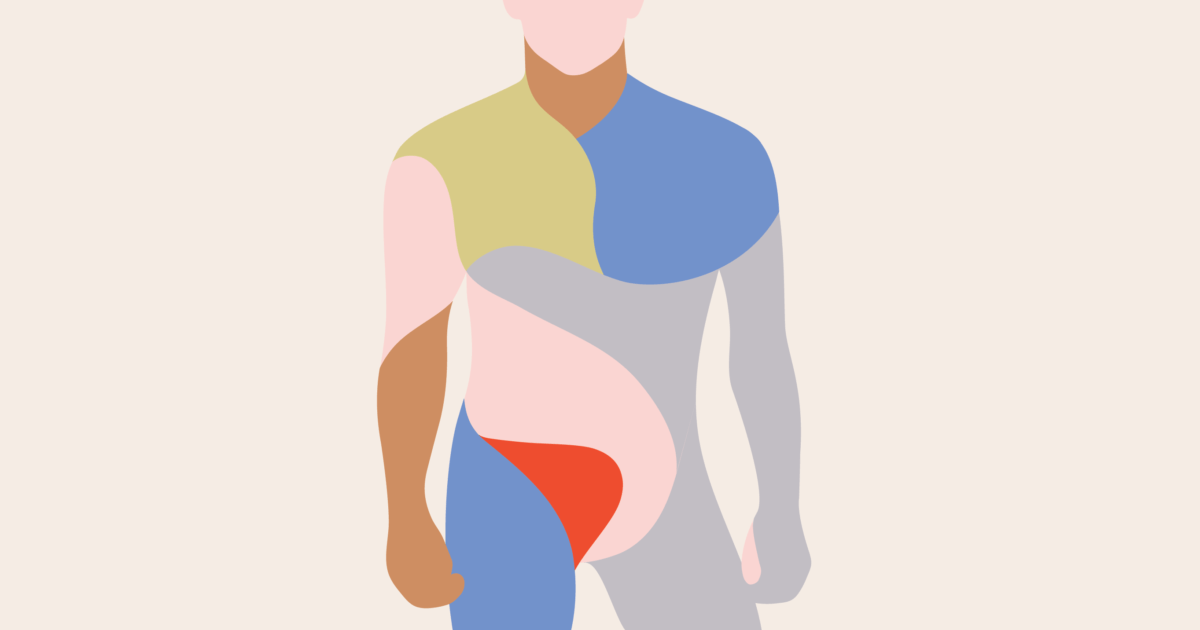Dumping Cancer
- Arthur Vogt is a bladder cancer warrior that was determined to give back to the cancer community. He hand crafts wooden dump trucks that contain blocks that spell ‘CANCER’. Children can “dump” the disease.
- Bladder cancer is the fourth most common cancer among men, and develops when cells that make up the urinary bladder start to grow and eventually develop into tumors. Smoking is the leading risk factor for the disease.
- Bladder cancer treatment can vary. Although it didn’t work for Vogt, immunotherapy can be an option. In recent years, a new class of immunotherapy drugs called checkpoint inhibitors has given advanced stage bladder cancer patients a new sense of hope.
Vogt was diagnosed with aggressive bladder cancer in April 2019 after he addressed concerns of blood clots in his urine with his doctor. He has since received treatments at Ohio Hematology Care, and his scans in February showed no signs of cancer.
Read More"My only desire is to bring some hope and perhaps some fun to the children who can 'dump cancer away,'" Vogt said.
And these trucks are top quality. In fact, Vogt had his own custom cabinetry company called A Work of Art and he prided himself on perfection before retiring in 2012. Each one of his dump trucks takes about about 25 hours to make and is sourced from four different types of wood.
"They have to be perfect," Vogt said. "My [company’s] motto was, 'There's only one way to do things. If you take time to do it right the first time, you won't have to do it again.'"
So far he’s made about 30 trucks. He gets them in the hands of children impacted by cancer through partnerships with local Ohio-based cancer organizations including Cancer Family Care and Dragonfly. He’s even hand-delivered a truck in person.
“The response from the family was fantastic,” he said in a story for WCPO. “And it warms your heart when you see the people actually get it.”
Understanding Bladder Cancer
Bladder cancer, the fourth most common cancer among men, develops when cells that make up the urinary bladder start to grow and eventually develop into tumors. Smoking is a leading risk factor for this disease with smokers being three times more likely to be diagnosed with bladder cancer than non-smokers.
Treatment options for bladder cancer vary. Surgery is generally the most common treatment path, but up to 70 percent of people diagnosed with advanced bladder cancer may not be able to have the cancer fully removed with surgery. Chemotherapy is another option, but not everyone is eligible. In these types of cases, immunotherapy can be a viable option as well.
Arthur Vogt was treated with immunotherapy for about six months, but unfortunately this option didn’t work for him. Then, when Vogt’s doctors switched to a combination of chemotherapy and radiation, they started to have better results. His most recent scans have shown no signs of cancer, and Dr. David M. Waterhouse the oncologist who treated Vogt said a big reason for his success was his mindset.
"I always told Arthur that I had a plan B for every plan A," Dr. Waterhouse said in a story for Oncology Hematology Care. "His positive attitude made a big impact on his treatment."
SurvivorNetTV Presents: Maintaining a Positive Headspace Through Cancer
As you can see, there is not one specific treatment path best suited for everyone. But in recent years, a new class of immunotherapy drugs called checkpoint inhibitors has given bladder cancer patients a new sense of hope. In a previous interview with SurvivorNet, Dr. Roger Li, a urologic oncologist at the Moffitt Cancer Center in Tampa, explains which patients might benefit from immunotherapy in advanced bladder cancer.
Which Bladder Cancer Patients Could Benefit the Most From Immunotherapy?
"Immune checkpoint blockade really provided an alternative for those patients. And it was the first drug to be approved for use in metastatic bladder cancer in over 30 to 40 years," said Dr. Li. "So it gave the medical oncologist as well as the urologist a new tool to treat our patients and also gave some of our patients hope to be put on those different agents after they progressed on chemotherapy."
But Dr. Li made a point to note that only 15-25 percent of patients will actually see a response. He cites the idea that checkpoint inhibitors might need an immune response already in progress in order to work as a possible reason for the low percentage of responses to this treatment. He also said that certain cytokines or molecules produced in the tumor could be inhibiting the action of the immunotherapy.
"For those tumors that can't generate an immune response, [checkpoint inhibitors] really don't have a role to play in those tumors," he said. "Here at Moffitt and other cancer sites, we are actively investigating into new strategies where we're using still the immune checkpoint blockers as a backbone, but adding on to them different combination treatments."
Learn more about SurvivorNet's rigorous medical review process.


